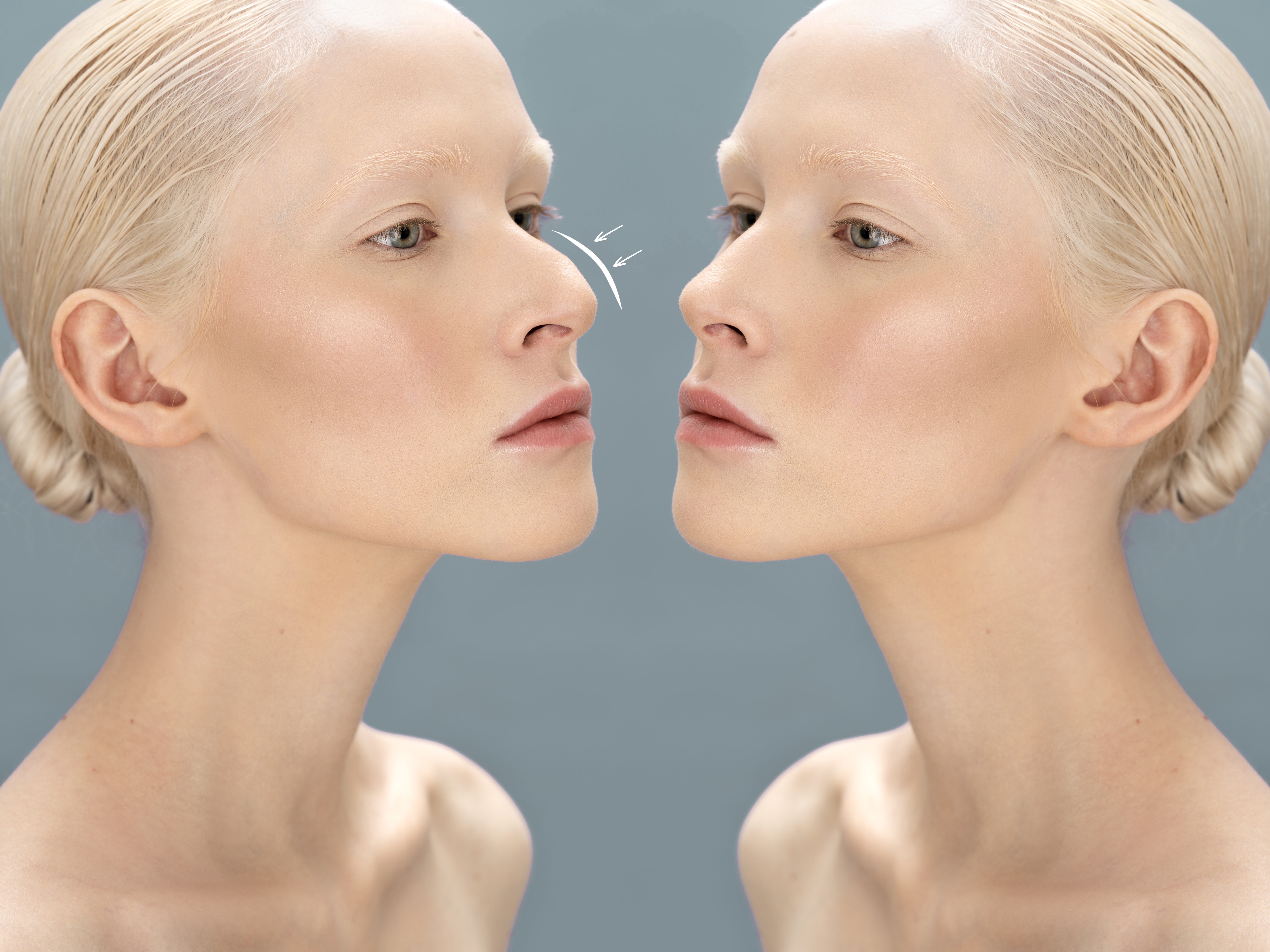Can You Use Someone Else’s Ear Cartilage for Nose Augmentation?

Rhinoplasty is a cosmetic surgery procedure designed to enhance the shape and proportion of the nose, often to achieve a more balanced and natural facial appearance. One of the commonly used materials in rhinoplasty is auricular cartilage, which is the cartilage harvested from the back of the ear. It is favored for its flexibility, biocompatibility, and natural integration with nasal tissue when taken from the patient’s own body.
This leads to an important question that some patients may wonder:
“Is it possible to use someone else’s ear cartilage for nasal augmentation?”
To answer this, we must understand the types of cartilage grafts used in surgery and the associated medical considerations.
Autologous Cartilage: Your Own Ear Cartilage
The most widely recommended and practiced method is using your own cartilage, known medically as autologous cartilage. This approach offers several clear benefits:
High compatibility: Since the tissue comes from your own body, there is no risk of immune rejection.
Low complication risk: There’s minimal chance of allergic reaction or inflammation.
Long-term stability: The graft tends to integrate well with nasal structures and provides lasting results.
This method is considered the gold standard, especially for revision rhinoplasty cases or when natural outcomes are prioritized.
Allogeneic Cartilage: Using Cartilage from Another Person
The idea of using cartilage from a donor (another human) is known as allogeneic cartilage grafting. While technically possible, this method is not widely practiced or recommended due to the following concerns:
Risk of immune response: The recipient’s body may reject the tissue, resulting in inflammation or infection.
Possible complications: Including tissue degradation, poor integration, or the need for removal.
Regulatory and ethical constraints: The use of donor tissue involves strict protocols and safety standards, which limit its practical availability.
When Is Donor Cartilage Used?
In rare and specific medical situations, doctors may consider processed allograft cartilage, which is donor cartilage that has been sterilized and treated to minimize immune response. This may be used when:
The patient lacks sufficient autologous cartilage (e.g., from prior surgeries).
The patient wishes to avoid harvesting tissue from their ear or ribs.
However, these cases are exceptional, and this technique is not a routine option. The decision requires careful clinical evaluation by a qualified surgeon.
Recommendations from Dr. Tree, ArokaGO
When considering rhinoplasty, safety and long-term success should be your top priorities. Therefore:
Use your own cartilage whenever possible for natural, safe, and stable results.
Choose certified synthetic implants (e.g., silicone) only if deemed suitable by your surgeon.
Consult an experienced specialist who can guide you through the best options tailored to your needs.
Conclusion
While using cartilage from another person is theoretically feasible, it carries significantly higher risks and is not the standard of care in rhinoplasty today. The most effective and safest approach remains using your own ear cartilage or approved synthetic materials under the guidance of a skilled surgeon.

Translated and compiled by ArokaGO Content Team
Written by Dr. Tree
Source: HYC Inter Clinic
HYC International Clinic
Share this article
More Articles
Discover more insights on health care and medical tourism.

What Is Hand Tremor? Understanding the Causes and the Right Ways to Treat It
Hand tremors are a common issue that many people experience in daily life—whether holding a cup of coffee, writing, or using a mobile phone. Noticing your hands shaking can be worrying, but in reality, tremors vary widely in severity and can arise from many different causes, ranging from minor, temporary issues to medical conditions that require proper treatment. This article will help you understand what hand tremors are, the underlying causes, and the correct treatment approaches, so you can take care of your health confidently and effectively.

Assisted Reproductive Technology (IVF / ICSI)
Starting a family is one of life’s most meaningful milestones, yet some couples may require additional support through modern reproductive technologies such as IVF or ICSI. These methods significantly enhance the chances of achieving a safe and successful pregnancy. This guide provides a clear overview of everything you need to know before beginning treatment—from required documents and pre-treatment preparation for both men and women, to each step of the IVF/ICSI process and the timeline involved. With this information, couples can approach their fertility journey with confidence, clarity, and proper medical guidance.

45+ Ageism AI Human Value
Recently, many have heard news about companies refusing to hire people aged 45 and above. This reflects the reality of Ageism age-based discrimination in labor markets both in Thailand and abroad.